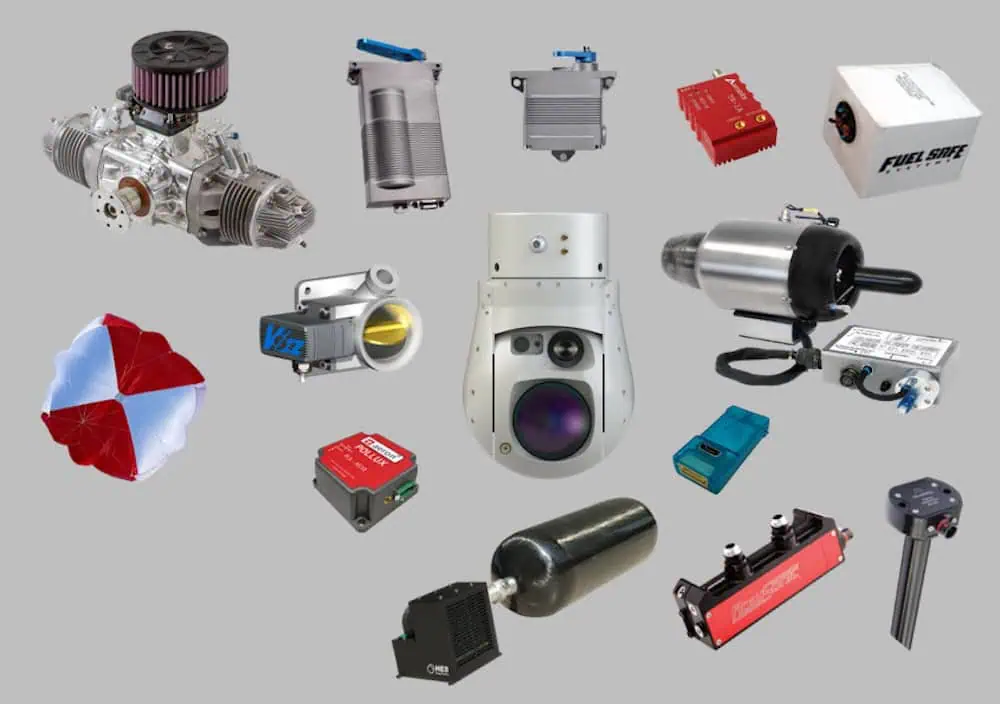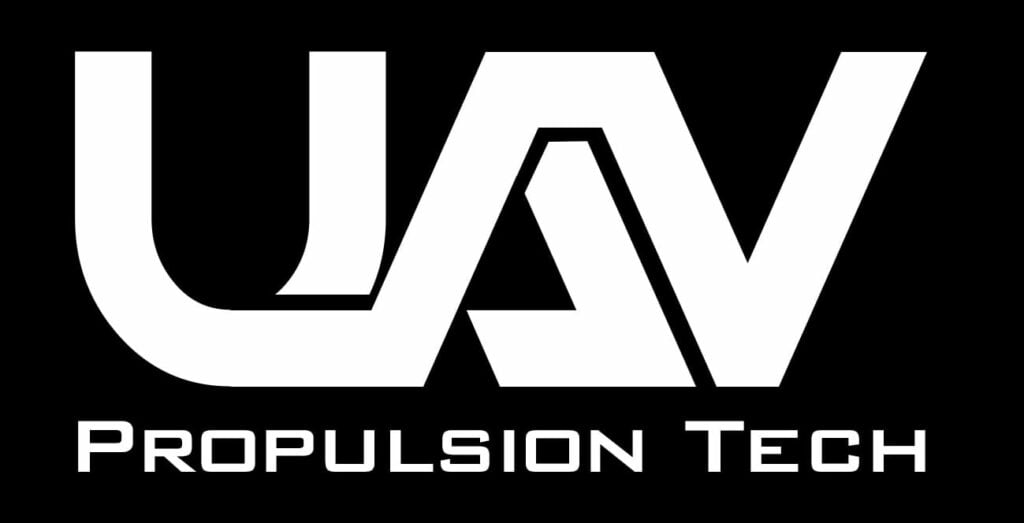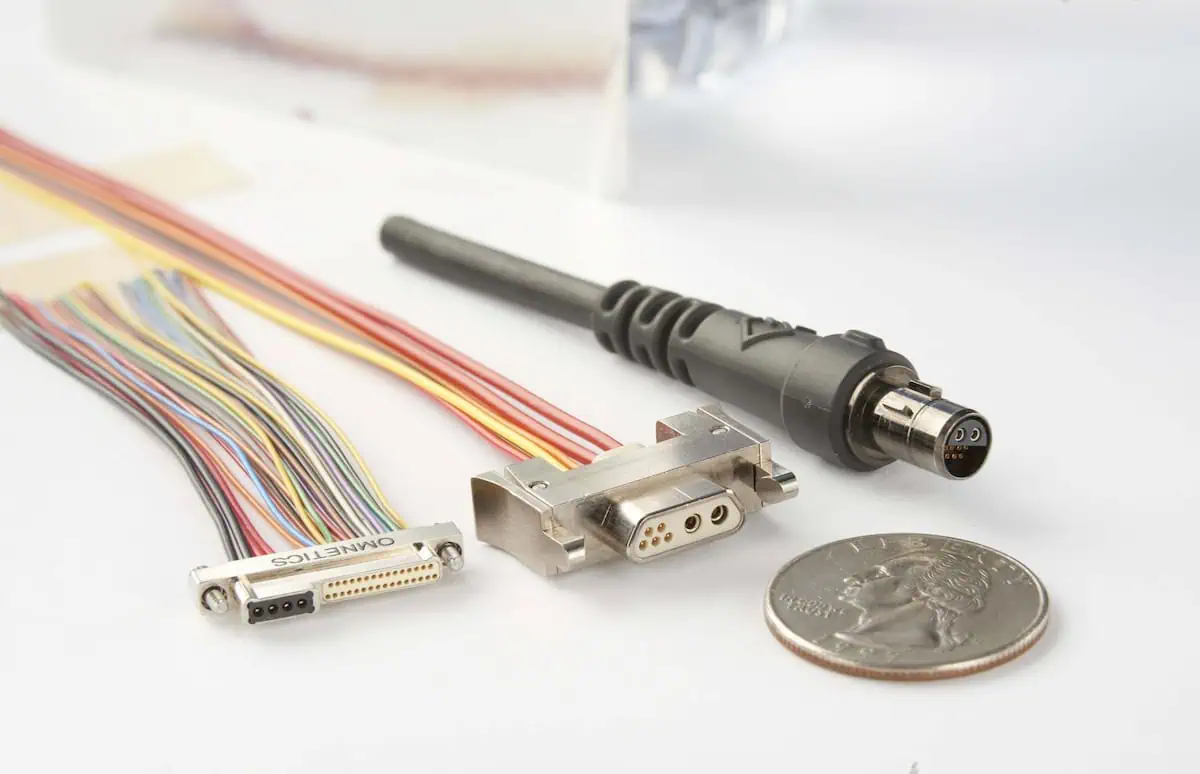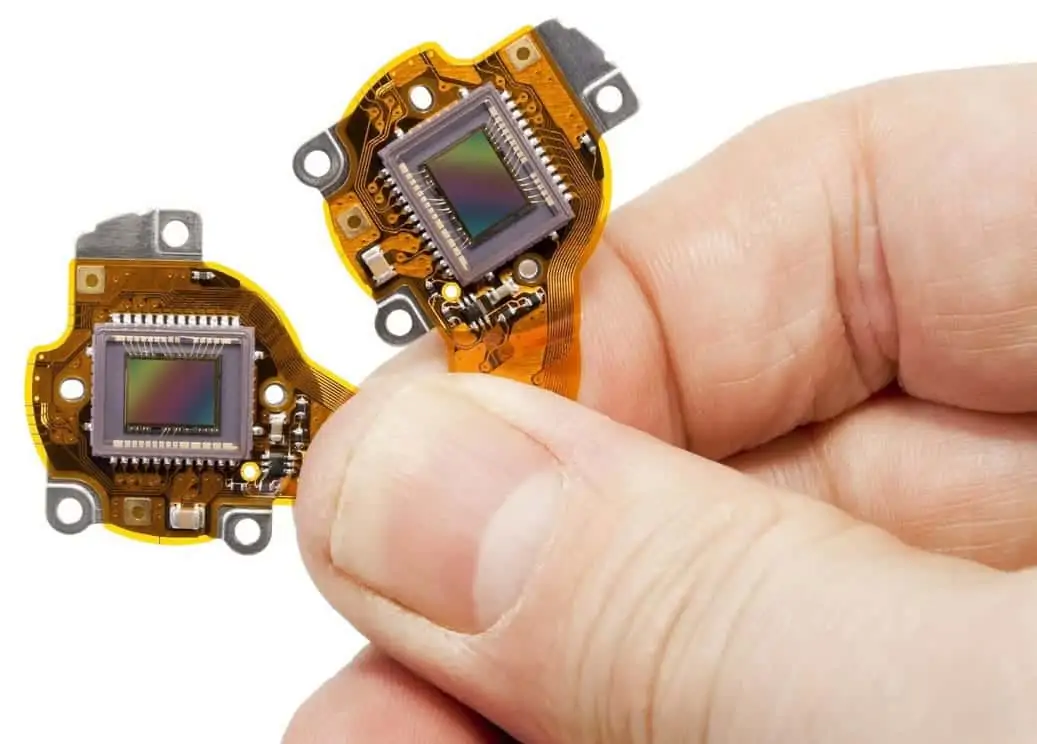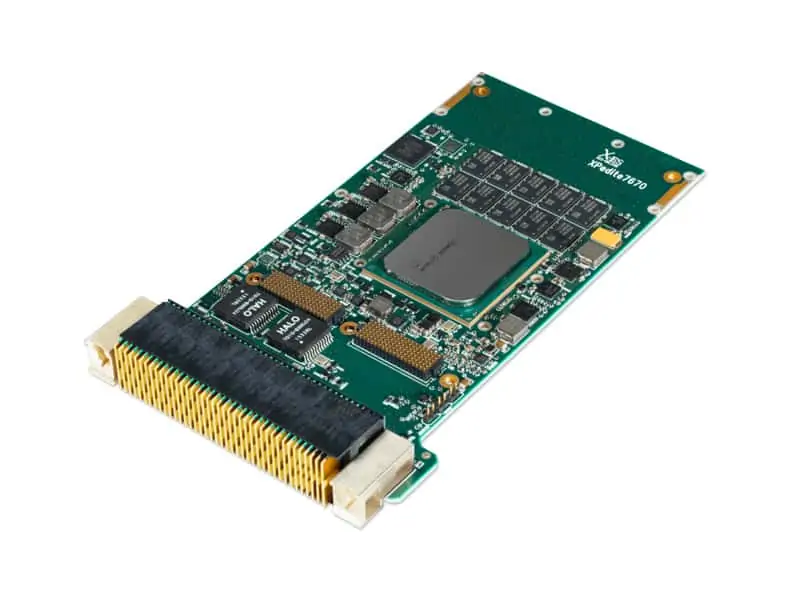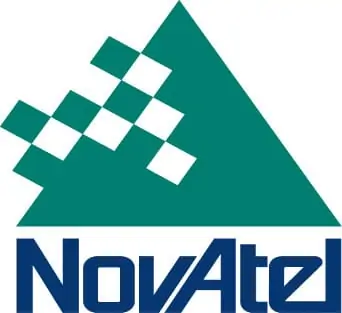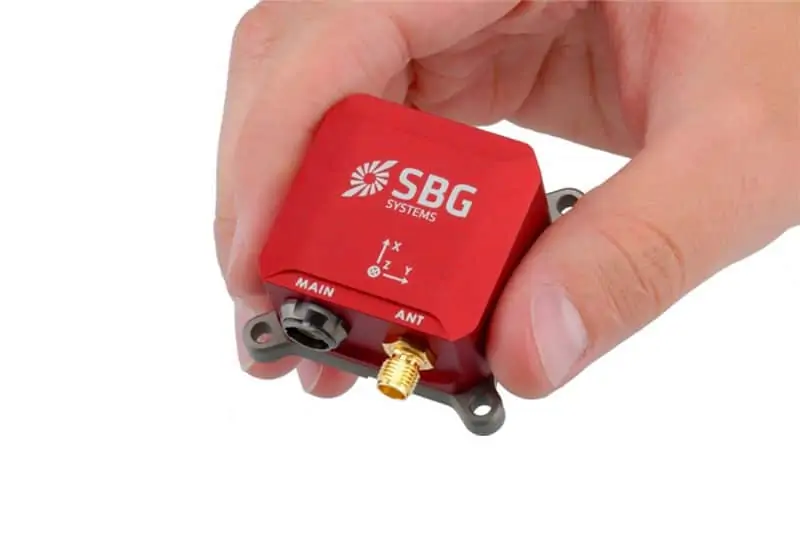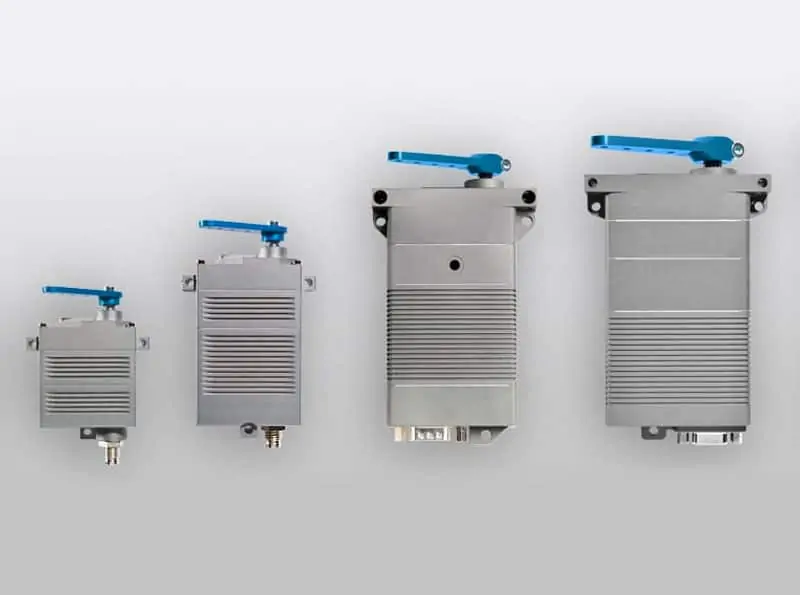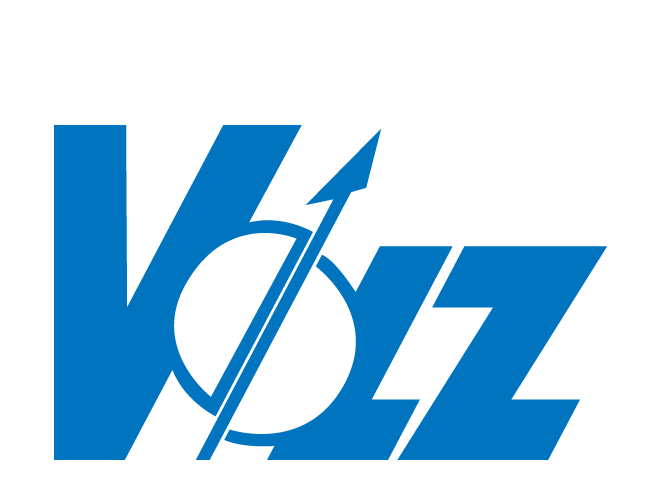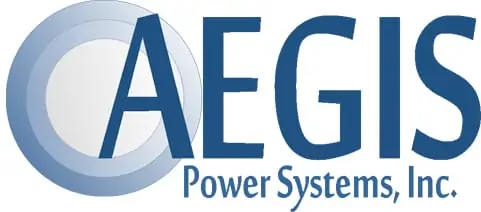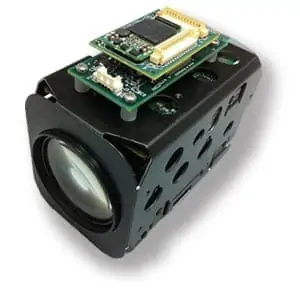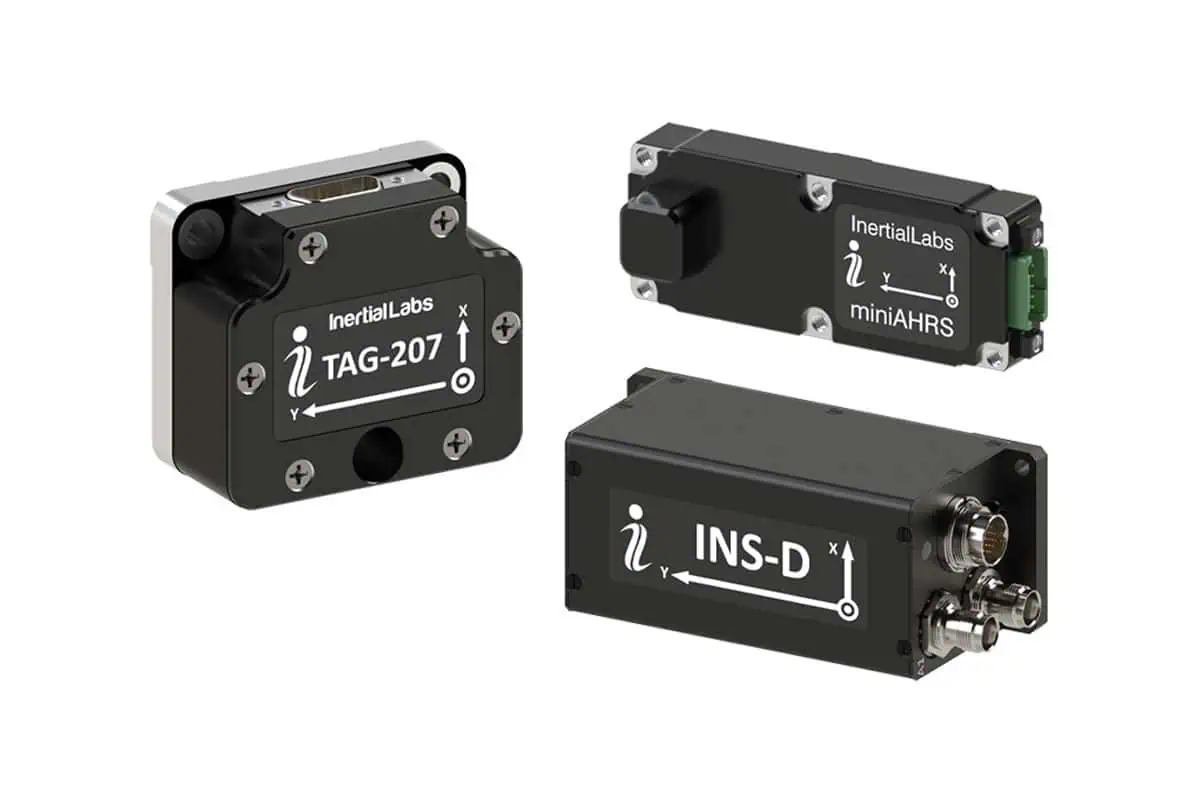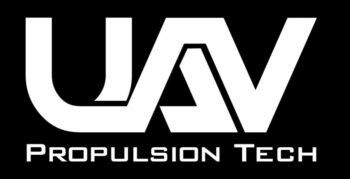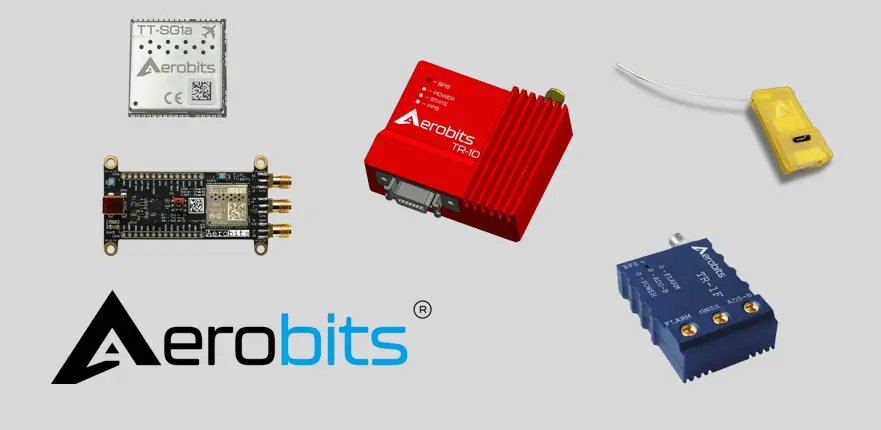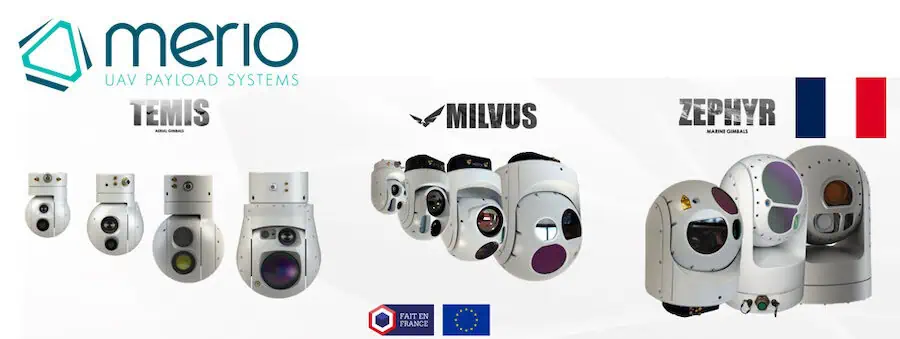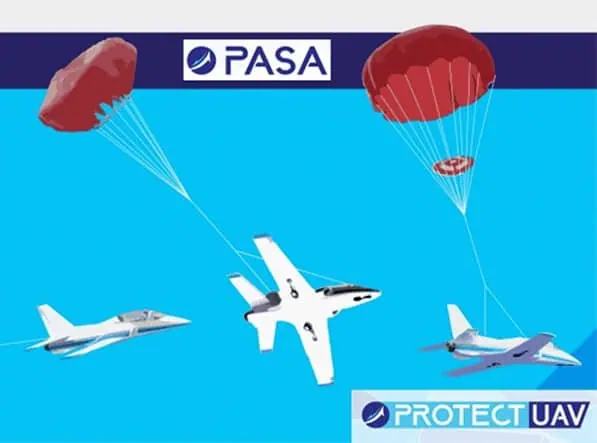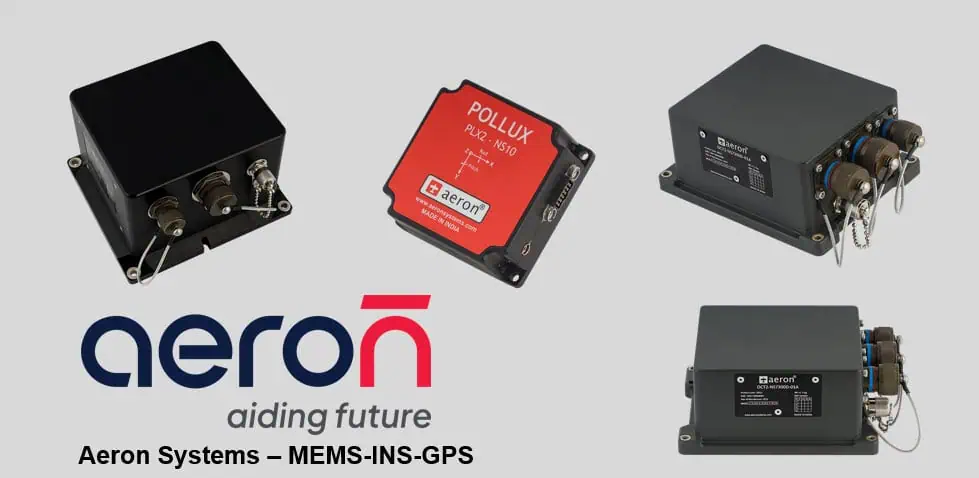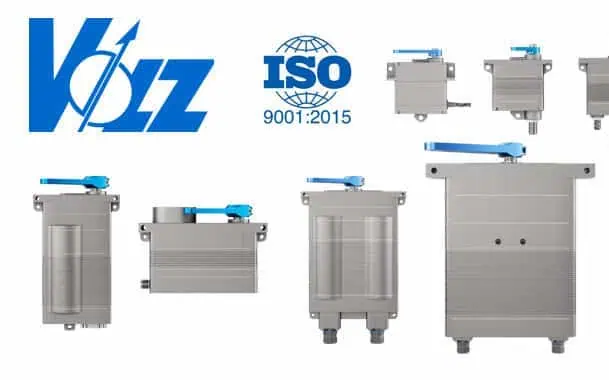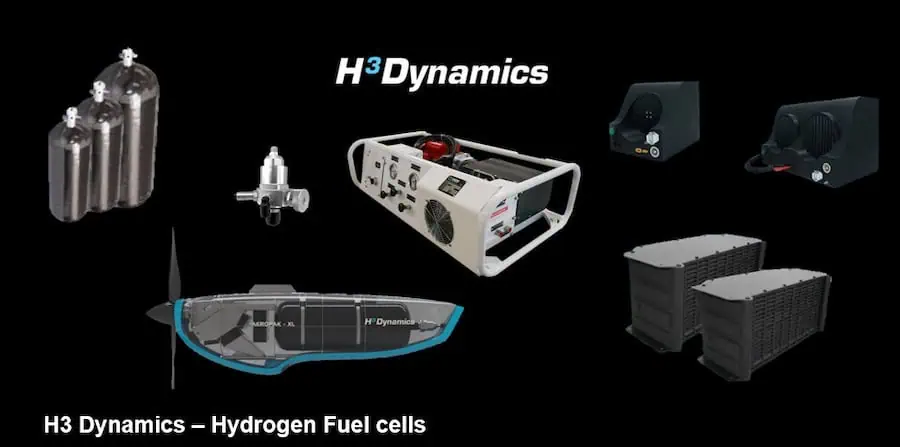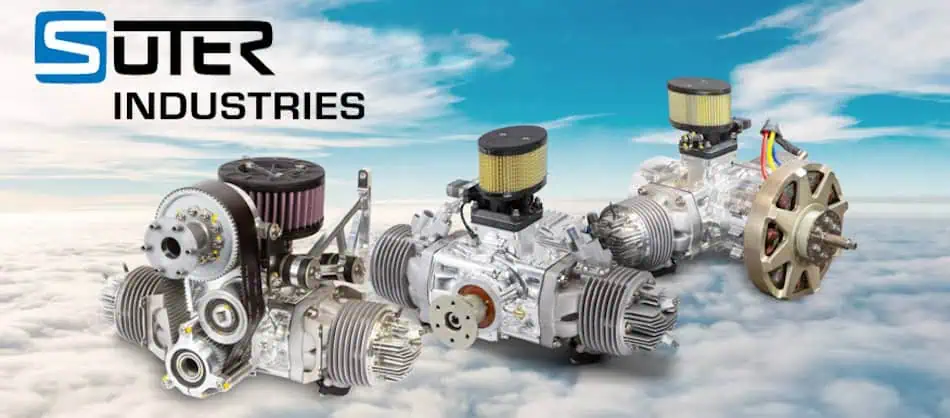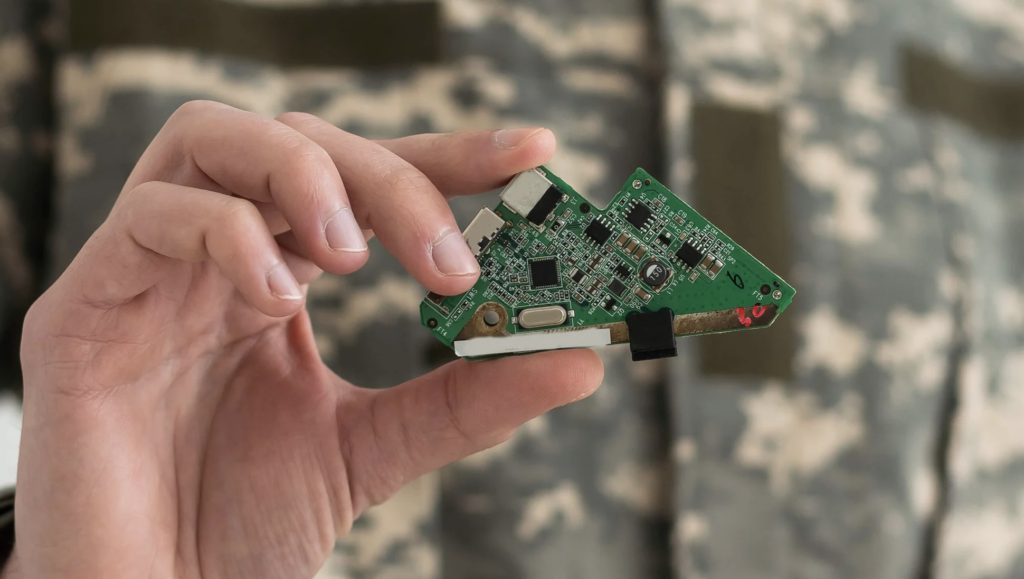
The MIL-I-46058C standard is a guideline for conformal coating materials that helps keep PCBAs safe from military environments. This article from HZO discusses this standard, how to ensure compliance, and tips for transitioning to new standards.
Even though deemed inactive for new designs since 1998, MIL-I-46058C remains an independent standard for companies who supply conformal coatings for two essential reasons: it is the only published standard that includes a qualified product list used by the DOD, and the standard also requires certification by an independent third party.
Significance of MIL-I-46058C
MIL-I-46058C retains importance due to two key factors. First, it provides a qualified product list used by the Department of Defense, offering a trusted reference for military-grade coatings. Second, it requires independent third-party certification, ensuring unbiased verification of coating performance. These elements collectively ensure high reliability standards for electronics in unmanned systems.
Key Performance Criteria
MIL-I-46058C outlines several critical requirements for conformal coatings. The standard specifies that coatings must demonstrate dielectric breakdown resistance, maintaining their integrity when subjected to high voltages. Insulation resistance maintenance is crucial, with coatings required to prevent current leakage that could compromise system performance. Hydrolytic stability ensures that the coating’s insulation properties remain intact even when exposed to moisture. Thermal shock endurance is essential, mandating that coatings retain their protective properties during sudden temperature fluctuations. Additionally, the coatings must exhibit flexibility to adapt to substrate material movements and possess adequate tensile strength to withstand mechanical stresses. These criteria are vital for unmanned vehicles exposed to diverse environmental conditions.
Protective Functions
Conformal coatings serve multiple protective functions. They act as a barrier against contaminants, effectively shielding against chemicals, moisture, and humidity that could degrade electronic components. The coatings offer resistance to corrosive elements and fungal growth, making them suitable for marine and tropical environments. They help mitigate mechanical stress from handling and vibration. Ultimately, these protective properties enhance the longevity and dependability of unmanned systems, maintaining their operational effectiveness across various mission scenarios.
Electrical Insulation Properties
High-density circuitry in unmanned systems benefits significantly from the electrical insulation properties of conformal coatings. The coatings prevent electrical leakage, which is essential for maintaining signal integrity in sensitive circuits. They contribute to the reduction of electromagnetic and radio-frequency interference, enhancing the clarity of wireless communications crucial for remote operation. Furthermore, the coatings provide protection against shorts and arcing, reducing the risk of catastrophic failures in densely packed electronic components.
Application Techniques
Several methods are employed for applying conformal coatings to electronics. Dipping provides complete coverage and is suitable for high-volume production. Spraying offers precise control over coating thickness and adapts well to various board geometries. Vacuum deposition ensures exceptional uniformity and pinhole-free coverage. Brushing, while less common in large-scale production, remains suitable for rework and small-scale applications. Each technique requires strict adherence to processing guidelines and thorough inspection procedures to meet MIL-I-46058C standards.
Quality Control and Testing
Rigorous testing is essential to ensure reliability under diverse operational conditions. Physical inspections are conducted to check for coating uniformity and identify any defects that could compromise protection. Electrical performance verification includes dielectric withstanding voltage tests and insulation resistance measurements. Environmental stress evaluation subjects coated components to thermal cycling, salt fog exposure, and humidity resistance tests to simulate real-world challenges. Mechanical durability assessment includes abrasion resistance testing, flexibility evaluations, and impact resistance checks. These comprehensive processes validate coating effectiveness for autonomous vehicle applications across a wide range of operational scenarios.
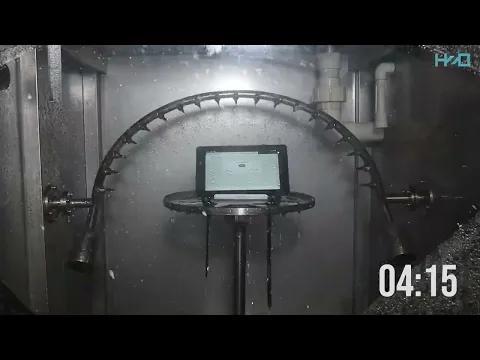
Transitioning to Modern Standards
As technology evolves, manufacturers should adopt a structured approach to transitioning to modern standards. This process begins with analyzing current processes against new standards requirements to identify areas needing improvement. Manufacturers should evaluate and source compliant materials that meet new standards while fulfilling specific unmanned system needs. Staff training on updated requirements ensures smooth implementation and reduces the risk of errors. A phased implementation approach minimizes disruption to ongoing production. Establishing continuous improvement mechanisms helps in refining processes over time. Consulting industry experts can provide valuable guidance on complex transition aspects.
By understanding and implementing these coating standards, engineers can ensure their autonomous vehicles perform reliably in harsh operational environments, from arid deserts to humid tropics, and from high-altitude flights to deep-sea explorations. This comprehensive approach to conformal coating selection, application, and quality control contributes significantly to the overall reliability and longevity of unmanned systems, supporting their critical roles in various aerospace and defense applications.
Read the full article here, or visit the HZO website to find out more.

